INTRODUCTION
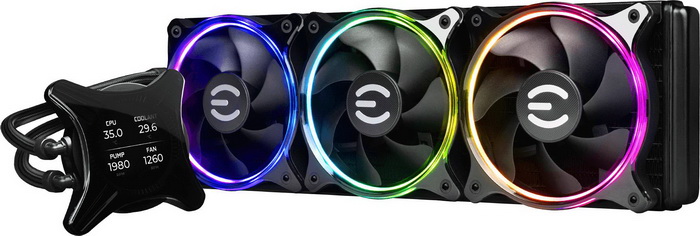
Pushing the current boundaries of technology both AMD and Intel have recently released the fastest CPUs to date most of which have but one thing in common, high temperatures. Yes, the lower-spec models of the bunch may not face such issues but the higher-end ones do and so getting the right cooler may prove to be a challenge for some people. Indeed, most CPU air coolers are clearly not capable of keeping their temperatures in check and unfortunately the same goes for most AIO liquid CPU coolers out in the market today. As a matter of fact, out of the dozens of AIO models I’ve reviewed to date I’d only recommend a handful of those and for good or bad some of those are no longer even available in the market. Fortunately, our friends over at EVGA are also well aware of that so they recently announced availability of their CLCx line of AIO CPU Liquid Coolers with LCD Display and today with me i have the tri-fan 360mm model.
Based on the philosophy of intelligent innovation, market knowledge, and the real time operation, EVGA continues to identify the need in the market place and providing the solution to that need. By offering product differentiation, a 90 day Step-Up program, and other customer focused programs, EVGA is a clear leader in all categories: etail, retail, distribution, and system builders. With headquarters in Brea, CA, EVGA's global coverage includes EVGA GmbH in Munich, EVGA LATAM in Miami, and EVGA Hong Kong. For further information online about EVGA, visit https://www.evga.com.
For all of you wondering the CLCx line was initially launched as CLX but due to some recent licensing issues EVGA had to rename it so CLCx it is (my sample arrived right before this happened). So, the CLCx AIO CPU liquid coolers are based on Asetek's 7th generation pumps (2500RPM), are currently available in 240/280/360mm radiator sizes and are paired with EVGA's latest Hydro-Dynamic bearing ARGB fans for optimal cooling efficiency with low noise (2580RPM/73.15CFM/3.77-H2O/50.000 hours MTBF). What really steals the show however is not the 7th generation Asetek pump, the ARGB fans or even the aluminum radiator with its 400mm long tubings, what steals the show is the 2.1 inch full-color LCD (480x480p resolution) located on top of the waterblock/pump combo which can display various things on it including system clocks, temperatures, usage, fan speeds and custom messages, pictures and animation. On top of these add the 5-year limited warranty EVGA offers for their entire CLCx line and things look great from the get go.
SPECIFICATIONS AND FEATURES

PACKAGING AND CONTENTS
The CLCx 360 arrived inside an all-black box the front of which is taken by a large product picture.
Turning the box around we find the main product features in 3 languages and right next to 4 product pictures.
Unlike most AIO the CLCx arrived packaged inside a piece of black foam which is something we usually see with graphics cards.
Along with the CLCx 360 and its detachable LCD and 3 hydro-bearing fans inside the box you'll also find a y-fan splitter, fan and LCD power cable, 1 backplate, user manual and all the necessary bits and pieces for installation on Intel LGA1150/1151/1155/1156/1200/1700 and AMD AM4/AM5 compatible mainboards (seems I will have to use Asetek provided LGA2011 brackets for this).
THE CLCX 360
At first glance the CLCx 360 looks like yet another typical AIO liquid CPU cooler.
EVGA has placed their logo on both sides of the aluminum radiator (tiny details but i do like them).
The radiator is roughly 27mm thick so nothing we haven't seen many times in the past.
With an FPI (fins per inch) count of 21 this radiator should do well with the high-pressure fans included.
This time over we find 400mm long braided tubings which should be quite enough for even the largest cases out there.
On top of the pump, we see the EVGA logo and the LCD connector.
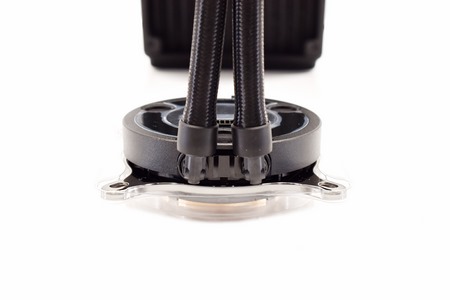
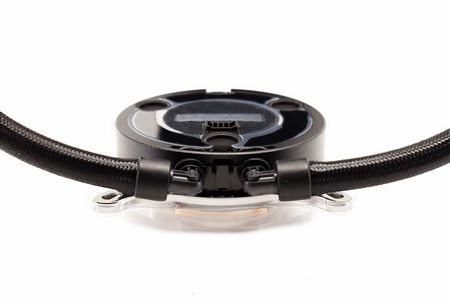 As it's typical for Asetek models the tubings rotate roughly 90 degrees from the base to simplify installation.
As it's typical for Asetek models the tubings rotate roughly 90 degrees from the base to simplify installation.
The hydraulic-bearing brushless fans can reach speeds of just over 2500RPM (2580RPM) to product up to 73.15CFM of airflow and 3.77-H2O of air pressure.
As expected, these fans feature anti-vibration rubber pads on all 4 corners.
With the fans installed the radiator measures just over 50mm in thickness.
All that's left is to mount the LCD screen on the pump.
As for the all-copper waterblock it's clearly large enough for modern CPUs (it also comes ready with a thin layer of thermal conductive material).
CLCX CONTROL SOFTWARE
The CLCx control software is available from the EVGA support page and it's the only way to properly control this AIO.
From the main tab you can control the speed of both the fans and the pump (5 available modes).
Of course, for my tests i used custom mode (full speed for both).
The 2nd tab allows you to control what's on the LCD screen (system monitor, pictures, animations and messages).
Moving to the 3rd tab from here you can control the mode, color, brightness and speed for the ARGB fans (5 effects).
Last tab is basically a system monitor from where you can check the status of your entire system.
Here you can see some of the things you can configure the LCD screen with (pay no attention to the numbers, ambient temperature at that time was lower than what i use for my tests).
TEST BED
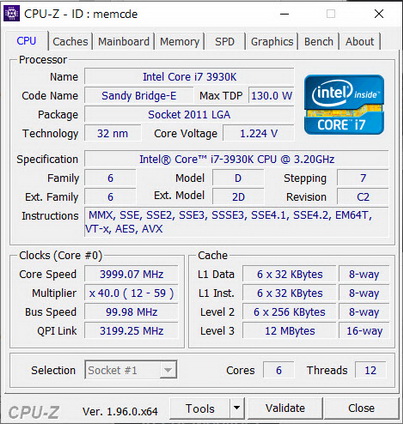

TESTING METHODOLOGY
Testing complete water cooling kits or individual radiators is no different than testing CPU Coolers and since we want all of you to be able to compare similar products, we created new and separate charts (you can still cross-compare results however since we are using the same test rig). So once again single (120/140mm) watercooling solutions are tested with the radiator mounted at the rear of our test rig while dual/triple/quad (240/260/280/360/420/480/560mm) solutions with the radiator mounted at the top. For the dBA tests complete water cooling kits or radiators with bundled fans are measured both while on idle mode or with the fan controller in the minimum setting and while on extreme load or with the fan controller all the way to the highest possible setting (PWM fans do that on their own without our intervention). Every single test takes place in a temperature controlled room of 23 degrees Celsius Ambient Temp with the help of two AC units placed diagonally inside the room. Finally, much like when testing CPU Coolers, it's very important to point out that just because a water cooling kit outperforms another when tested with our test rig (when we test complete water cooling kits) that does not necessarily mean that the same performance differences will apply 100% for other CPU models and in other situations (such as different ambient temps and system configurations).
To successfully record the load temperatures, we use the latest OCCT application for around 6-10 minutes to push the processor to its limits and after that is done and the temperatures are recorded, we wait for about 10-20 minutes for the CPU to cool down and record the idle temperatures. This is done to allow time for the thermal conductive material to achieve the optimal performance level. Same procedure is then repeated with the Passmark BurnIn Test as a failsafe just in case the OCCT results are wrong. This procedure takes a lot more time than the usual peltier/thermometer tests but this way not only can we deliver real world results to our readers based on real CPUs but we can also triple check the results using a variety of programs. Last but not least the temperatures were recorded using both the latest versions of AIDA64 and RealTemp while the noise level tests (when fans exist in the bundle) are performed using a high precision ExTech HD600 Decibel Meter placed about 10-15cm above the radiator. Still although the same testing procedure applies to all units do take into consideration that unlike the official numbers which are measured in special noise isolated labs with just the fans here, we also have both the rest of the cooler and the rest of the system (although all system fans are turned off when recording noise levels).
TEST RESULTS


CONCLUSION
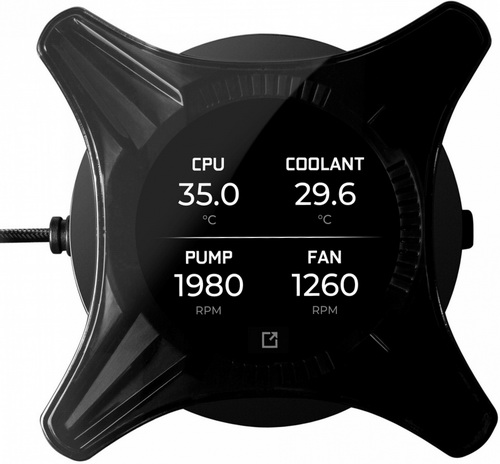
The EVGA CLCx 360 is probably the 2nd AIO to date that I’ve wanted to test as much and it doesn’t disappoint. Performance-wise the CLCx 360 is among the 4 highest cooling efficiency AIO models in my charts (out of 85) so no complaints from me here (noise levels are somewhat higher than expected however). Still performance is not the strongest selling point of the CLCx 360, looks are and with both the 2.1 inch LCD screen and the three 120 ARGB fans this is clearly one of the best looking AIO models to ever reach the lab. The CLCx control software is also a good addition. Not only is it easy to use but it offers a plethora of settings for the end user. Now if I had to nit-pick two would be my issues with the entire CLCx line, retail price and overall availability.
Speaking about price the CLCx 360 AIO CPU Liquid Cooler by EVGA currently retails for USD284.77 inside the USA (Amazon.com) so it’s not exactly affordable. The good news is that there are some others priced at around the same range but even though price is not an issue when compared to those availability outside the USA is (hopefully this will change soon). At the end of the day from performance to looks the CLCx 360 by EVGA is clearly one of the top AIO models in the market today and for that it gets the Platinum Award.

PROS
- Build Quality
- Excellent Cooling Efficiency
- 2.1 Inch LCD Screen
- ARGB Lighting
- CLCx Control Software
- 5 Year Limited Warranty
CONS
- Price (For Some)
- Current Availability
- Noise Levels

 O-Sense
O-Sense





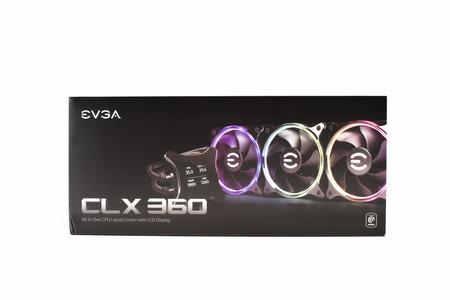
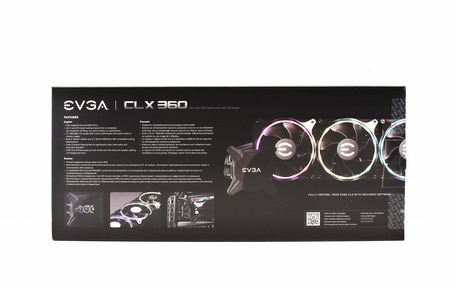
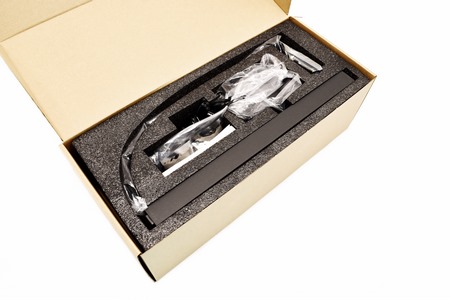
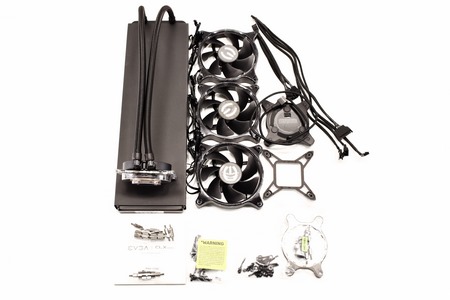
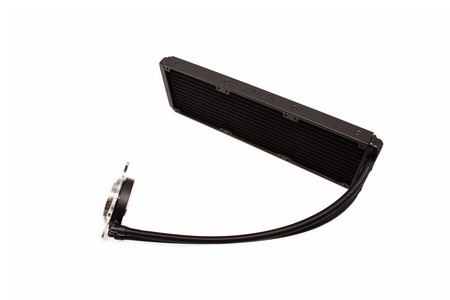
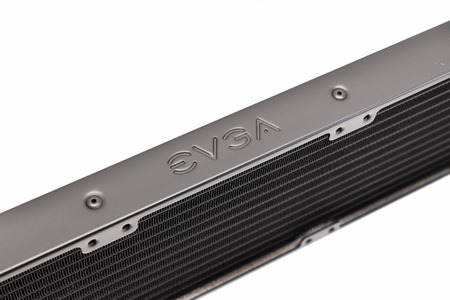
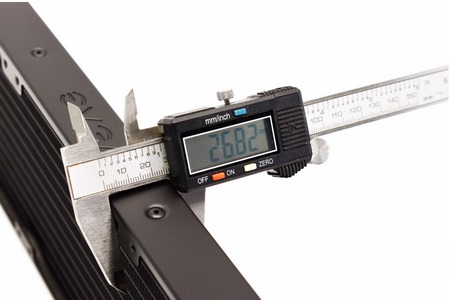
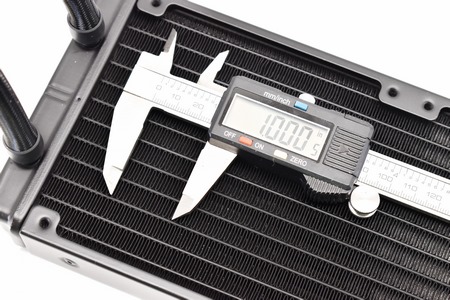
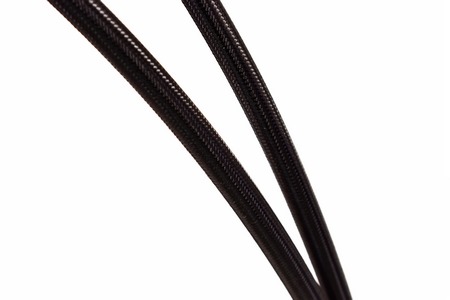
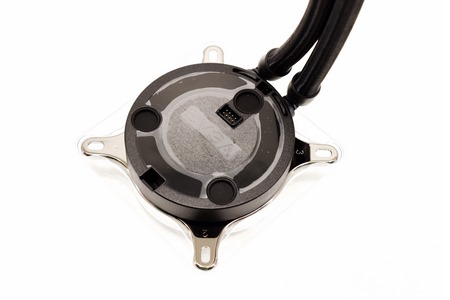
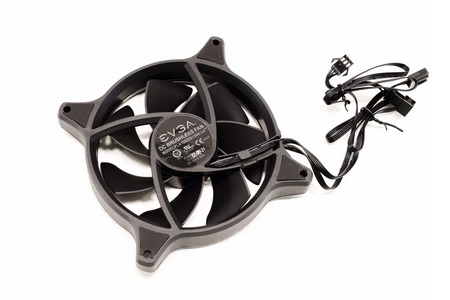
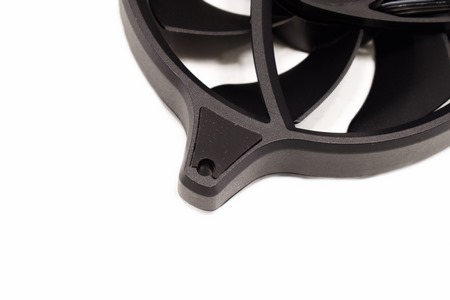
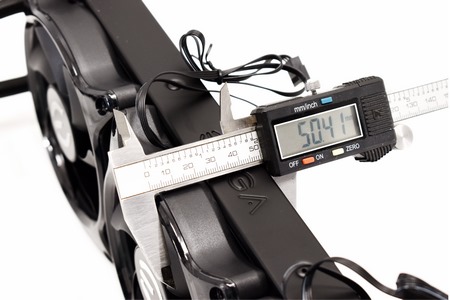
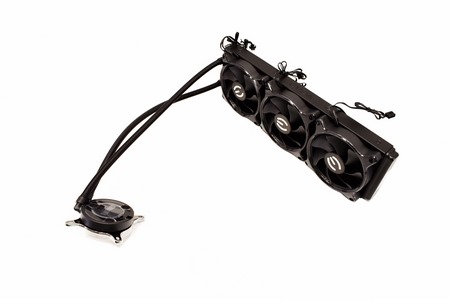
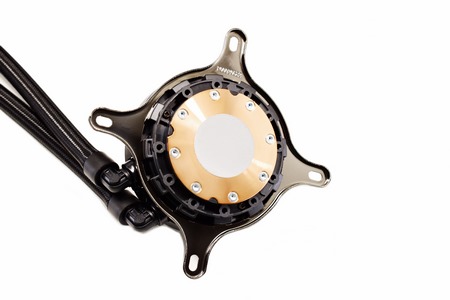
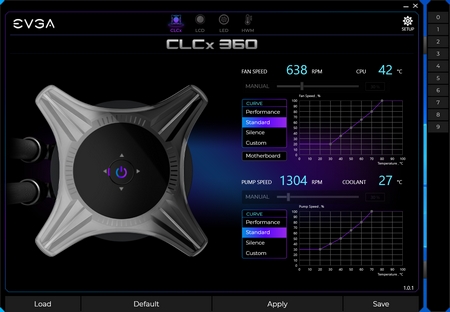
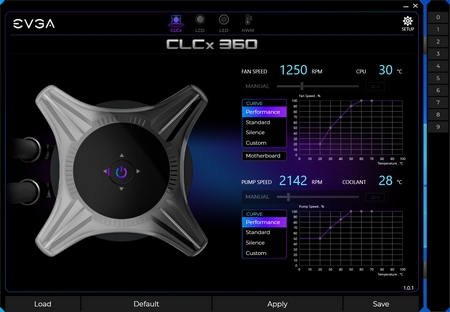
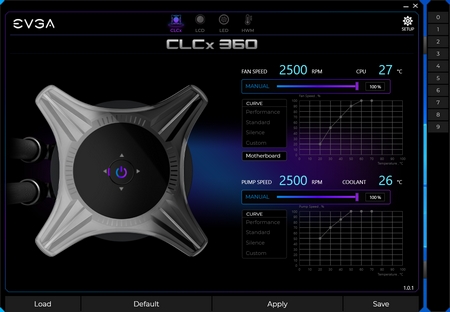
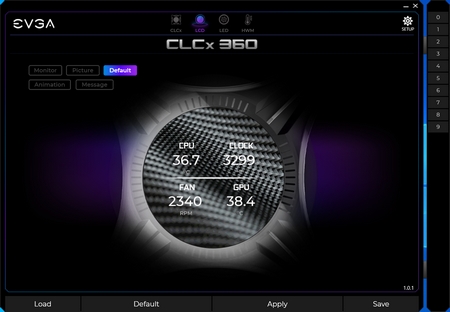
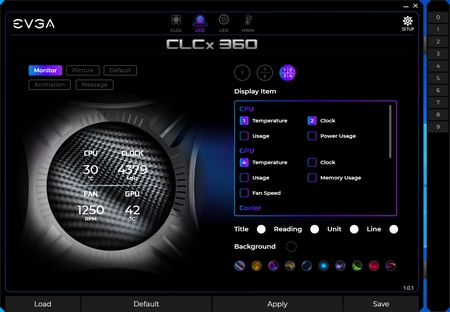
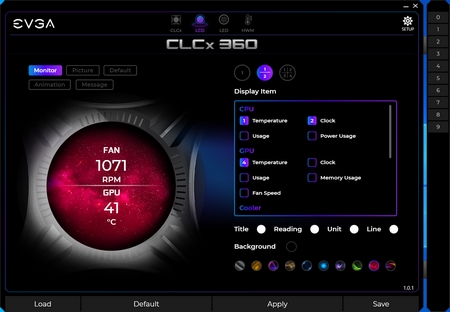
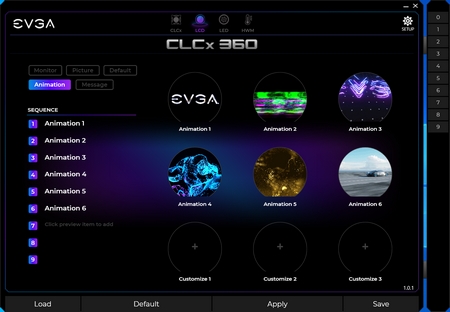
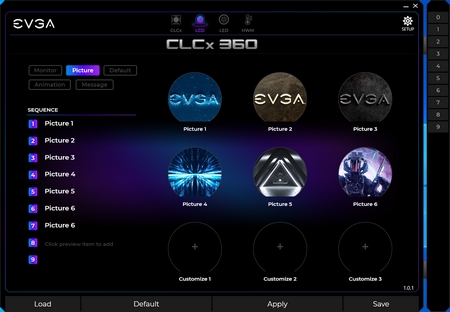
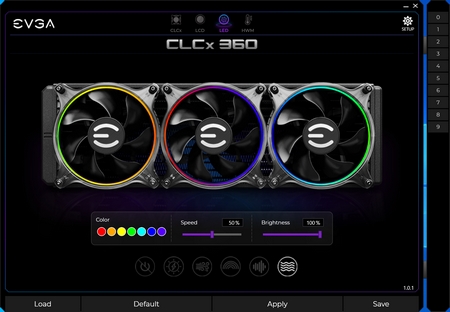
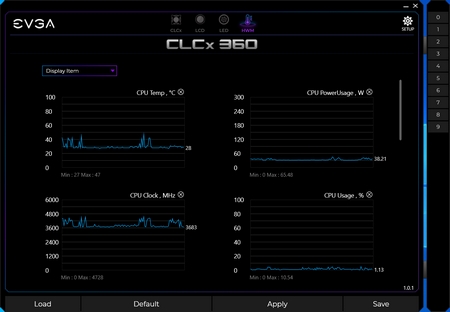
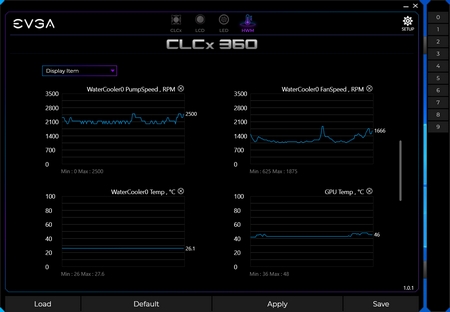
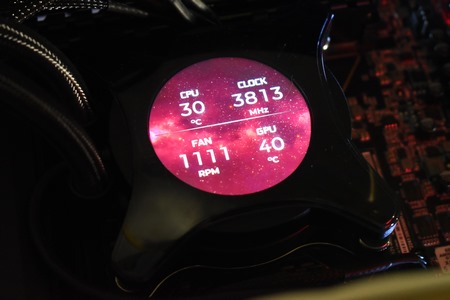
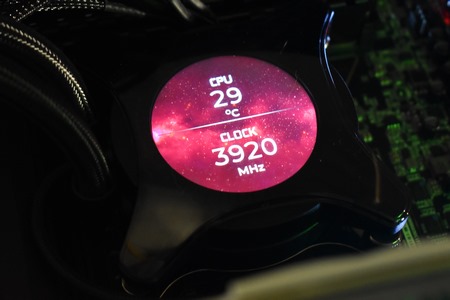
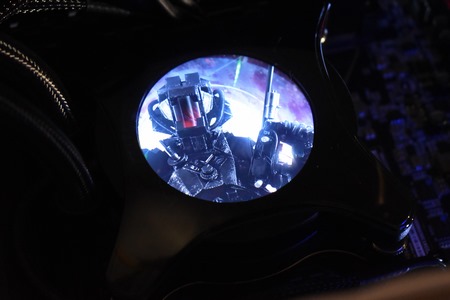
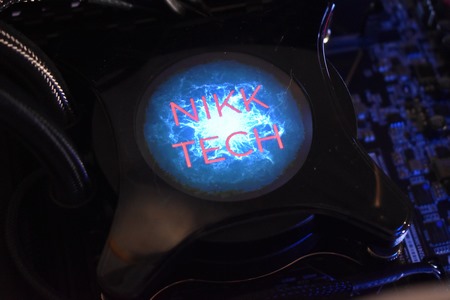


.png)

